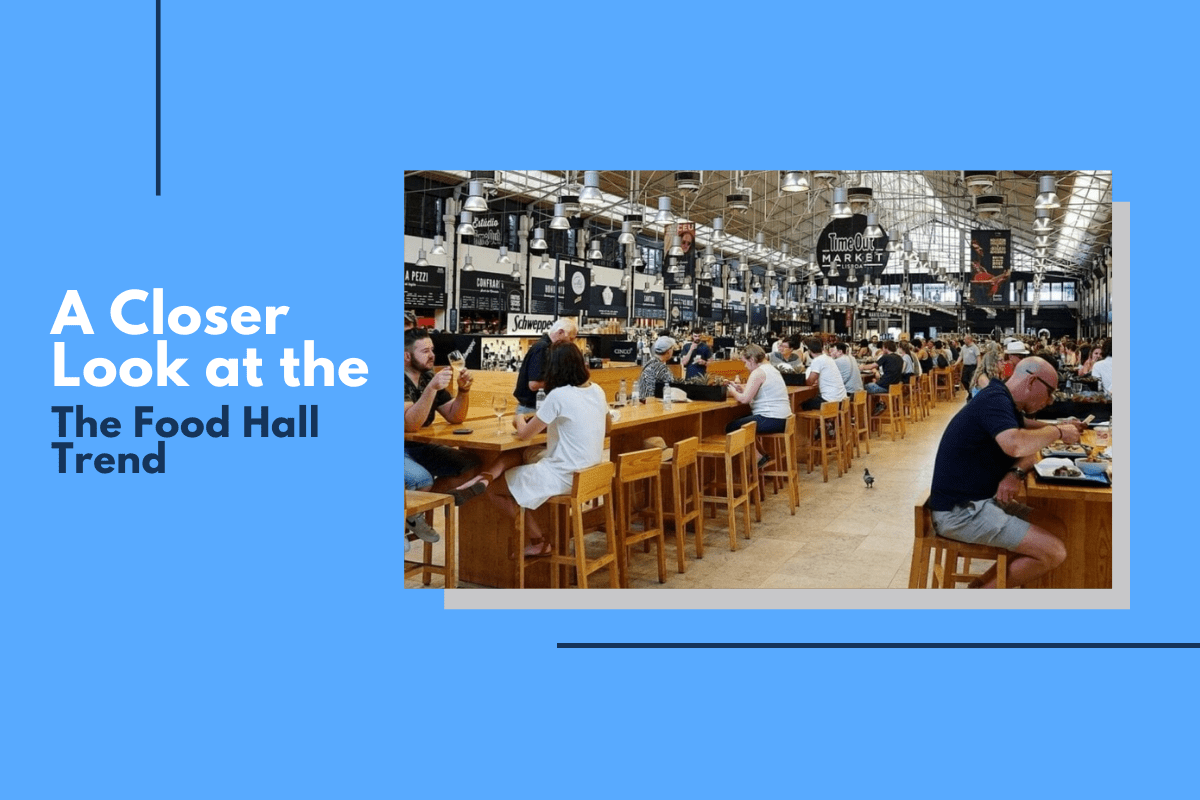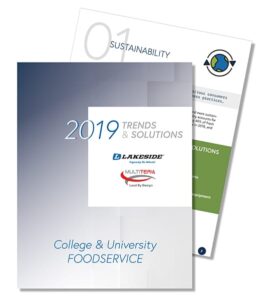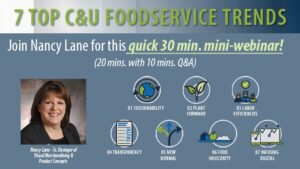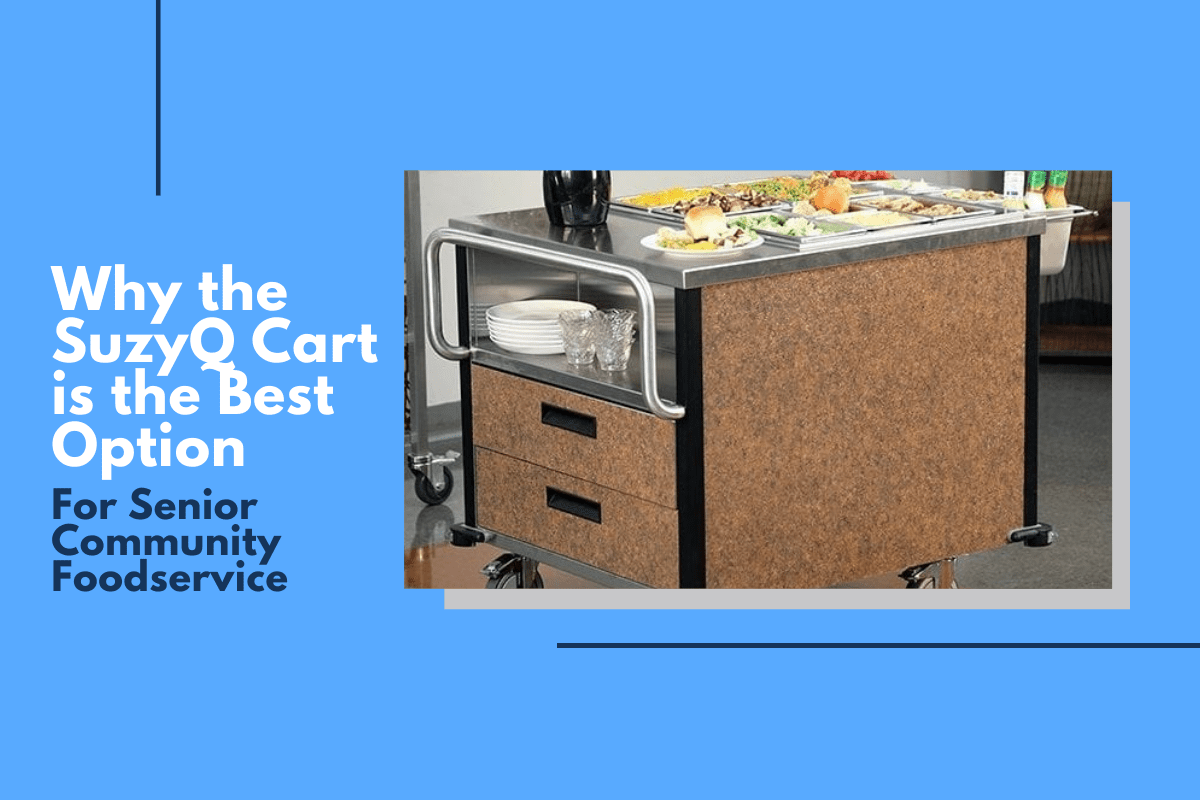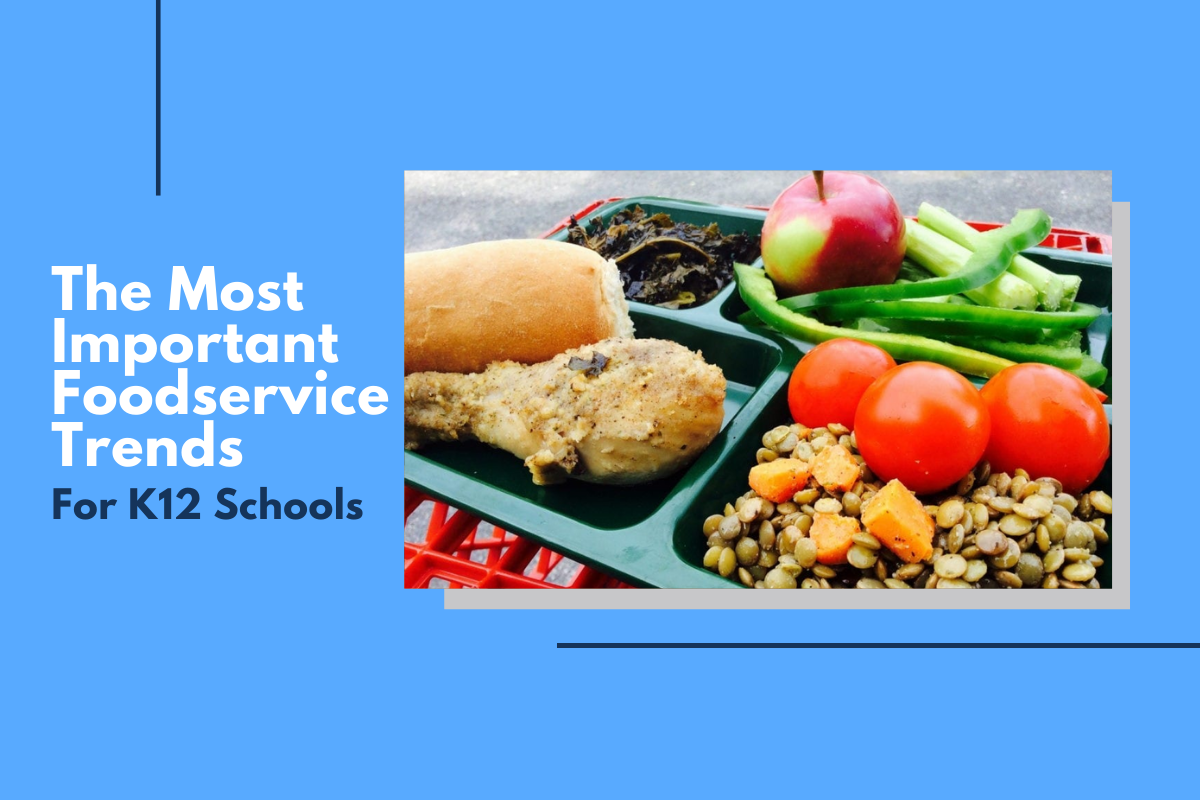Sneeze guards. Food guards. Breath guards. Whatever the term, there seems to be a lot of mixed opinions about them, including whether they’re mandatory.
This is especially important as we move away from institutional tray service or pre-plate service, to meal service style that is mobile – either in a common dining room or down a hallway in a homelike setting of long term care. I decided to dig deeper into the food code by researching and reaching out to food safety experts to get their professional thoughts on this vague topic.
When looking at food safety, we have several tools to pull from. We use HACCP to identify and prevent hazards that could cause food-borne illness in receiving, storing, preparing and serving of food. We have food safety courses to teach us all how to handle food and take corrective action when necessary. Thirdly, we have the FDA model food code, and under the section about sneeze guards, it says;
“3-306.11 Food Display. Except for nuts in the shell and whole, raw fruits and vegetables that are intended for hulling, peeling, or washing by the CONSUMER before consumption, FOOD on display shall be protected from contamination by the use of packaging; counter, service line, or salad bar food guards; display cases; or other effective means.”
Looking closely, the FDA food code mentions food on display for the consumer to access must be protected by guards, cases or other effective means. This is not the application with mobile meal service done by trained food service staff. Also, “or other effective means” allows for dialogue about what the food safety plan is in a healthcare community. The food code makes operators responsible for the protection of food from contaminants, which is broader than just using some plexiglass, and the perception that sneeze guards “solve it all.” It requires common sense and a plan to demonstrate to health inspectors that foodservice operators know what they’re doing.
I reached out to Janet Anderberg, a Washington state health inspector. She shared that sneeze guards aren’t mandatory, but what’s more helpful is for a foodservice operator to have an active managerial control plan to show how food is protected. It is the responsibility of the food operator to know, communicate and demonstrate their food safety plan which could include:
-
- Covering food with foil or lids during transportation (always recommended)
- Not parking a mobile food cart under dripping pipes
- Not traveling through bathrooms with a mobile food cart
- Allowing trained foodservice staff to serve food and items (not the untrained public)
- Keep a safe barrier of distance
- Using roll dome covers or insert flip lids if desired
- Using tongs versus touching food directly
- Keeping food outside the temperature danger zone
- Using gloves with ready-to-eat foods
- Proper and frequent hand-washing
- Not dragging sleeves through food
- Temperature records pre- and post-meal service
- If serving outside, protecting food from contaminates from above, like birds or trees
- When serving food, only serve food and don’t do other tasks that can possibly contaminate the food
Nick Eastwood, President of Always Food Safe weighs in and states:
“Though sneeze guards can play a helpful role in protecting food, it has a limited use. They can be helpful in a self-serve buffet where we let the customer near food. It can help reduce physical contamination and also bacterial contamination from skin and hair. But apart from this, sneeze guards offer very little protection. In our Food Protection Manager course, we do not state that they are mandatory or state they must be in place. Instead, food safety is a combined effort and one needs to look at the total picture; the use of professionally trained staff, time and temperature control, avoiding cross contamination and personal hygiene are by far the most important points. From a food safety perspective, I have a very strong dislike to pre-plated food being served as time and temp abuse is one of the biggest threats to food safety. Bulk mobile service would allow for temperature control and quicker meal service.”
Colleen Zenk, Food Safety Instructor and ANFP speaker shares her thoughts:
“The [FDA] Food Code regarding sneeze guards is open to interpretation when it comes to food safety. Sneeze guards, food guards, breath guards are used to protect food from the consumer during self-service, but not mandated where foodservice personnel is doing the serving. The key issue is the staff education and training regarding how food is protected during transportation and service of food to ensure it is safe. Sometimes operators or inspectors take the easiest and least time-consuming approach when determining safety of food by looking at sneeze guards as the protection, as it saves time looking and verifying other requirements. This leads to the incorrect assumption they are mandatory. Instead operators should have a conversation with their surveyor or inspector and communicate their food safety plan, and this is helpful before one’s food service system is changed. It is important that the [FDA] Food Code is used as a guideline, and to check one’s local regulatory authority. Also, do not be afraid to have the conversation with a surveyor or inspector but develop a relationship that demonstrates that food safety is a priority.”
It’s interesting to note that there’s no scientific research showing that sneeze guards are actually effective – none can be located when a literature search was conducted. Dr. Peter Synder from the Hospitality Institute of Technology and Management weighs in and states:
“There is no reference to a food-borne illness that has ever been prevented by a sneeze guard or caused by lack of a sneeze guard. There is no research about blocking sneezes with sneeze guards. The sneeze guard is something that a sanitarian invented in about 1945, when the first food code was written. Overall, a sneeze guard does not protect against food-borne illness.”
The sneeze guard topic is one of cultural perception and we all need to know what the FDA Food Code does (and doesn’t say), the science, apply common sense, while also implementing sound and safe food serving practices. We must think bigger and broader about our food safety plan in residential care settings. Therefore, to say “you must have a sneeze guard” is too much of a simple quick answer to a more complex situation. Also, it’s very important to look at the application: mobile meal service conducted by trained food safe staff is a very different application than the general public helping themselves to food on display.
Finally, mobile meal service is working in hundreds of health care communities – whether it’s snack carts, beverage service, dessert carts, or mobile hot food carts. Our industry is working hard at changing the culture to move away from sterile, institutional living to one that more closely reflects how we live in our own homes. So I ask: Do you use sneeze guards in your own home? Why do we apply a completely different set of rules in homes where seniors live?
When we look at potential food safety situations, let’s review the risks and how they could lead to food-borne illnesses. I believe that mobile meal service actually decreases the risk of food-borne illnesses because food is hotter and it’s served immediately by trained foodservice staff. Cold trays of food aren’t sitting for long periods of time until handed out. As an industry, let’s focus on choice, interaction, and self-determination of safe food. By protecting food in numerous different ways, we can create a more positive dining experience for residents.
A special thank you goes out to Janet Anderberg, Washington State Health Inspector, Nick Eastwood with Always Food Safe, Colleen Zenk, Food Safe Instructor/Speaker, and Dr. Peter Synder for their time and expertise on the sneeze guard topic.
